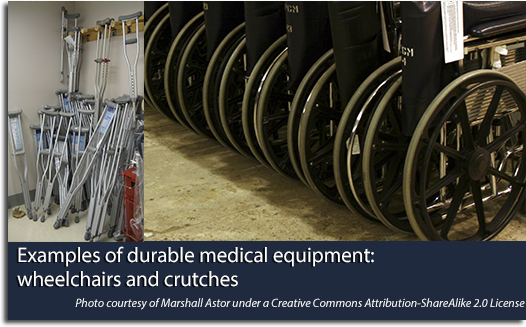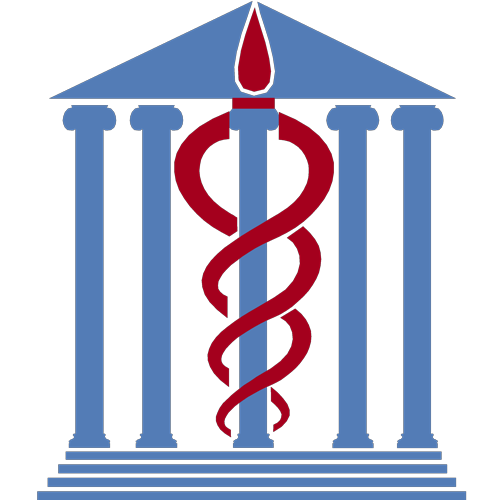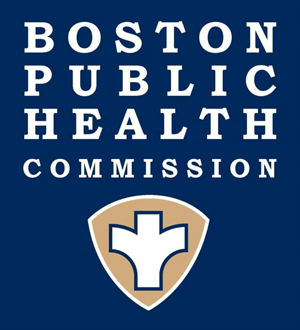Public Resources
Public Resources
Foundation: What is FNSS?
1. FNSS Definition
Often, it is assumed that during a disaster, populations requiring FNSS must be housed in a medical special needs shelter. Children and adults with functional needs do not necessarily have medical conditions, and typically do not require the care that medical shelters provide. Diverting to medical shelters can result in the separation of individuals with functional needs from family, friends, neighbors and caregivers. In addition, inappropriate placement can jeopardize the health and safety of the entire community by creating unnecessary surges on emergency medical resources.
According to the 2010 FEMA guidance1, FNSS includes services that enable individuals to maintain their independence in a general population shelter, such as:
- reasonable modification to policies, practices, and procedures
- durable medical equipment (DME)
- consumable medical supplies (CMS)
- personal assistance services (PAS)
- other goods and services as needed
Children and adults requiring FNSS may have physical, sensory, mental health, cognitive, and/or intellectual disabilities affecting their ability to function independently without assistance. Others that may benefit from FNSS include women in late stages of pregnancy, elders, and people needing bariatric equipment.
 |
2. C-MIST Framework
The C-MIST Framework is a tool for identifying additional needs of people that must be considered in planning for, responding to, and recovering from a disaster or emergency. The framework, originally developed by June Isaacson Kailes and Alexandra Enders, identifies people based on their specific access or functional need during an emergency, and includes those with temporary needs such as pregnant women, and those who may not identify as having a disability, such as elders, children, and people needing bariatric equipment.
Since its creation, the C-MIST framework has been adopted by various agencies, including FEMA and the Office of the Assistant Secretary for Preparedness and Response (ASPR). The framework used by each agency includes slight modifications, but the core meaning remains the same. The C-MIST framework categorizes functional needs into 5 basic categories: communication, maintaining health, independence, support/services/self-determination, and transportation. The model summarized below is based upon the work of Janice Springer.
| C | Communication |
| Individuals who may have limitations that interfere with the receipt of and response to information including those who are deaf or hard of hearing; speak American Sign Language; have limited or no English proficiency; are blind or have low vision; and/or have cognitive or physiological limitations. | |
| M | Maintaining Health |
| Individuals who may require Personal Assistance Services (or personal care assistance) in maintaining their activities of daily living such as eating, dressing, grooming, transferring, and toileting. | |
| I | Independence |
| Individuals who function independently if they have their assistive devices, such as consumable medical supplies (diapers, formula, bandages, ostomy supplies, etc.), durable medical equipment (wheelchairs, walkers, scooters, etc.), and/or service animals. | |
| S | Support, Services, and Self-determination* |
| Individuals with behavioral health needs, those who have psychiatric conditions (such as dementia, Alzheimer's disease, Schizophrenia, severe mental illness), pregnant women, nursing mothers, and infants, and children. | |
| T | Transportation |
| Individuals with transportation needs because of age, disability, temporary injury, poverty, addiction, legal restriction, or those who do not have access to a vehicle. |
* NOTE: The 'S' denotes "Safety, Support Services, and Self-Determination" in FEMA's model; "Services and Support" in ASPR's model; and simply "Supervision" in the original model from Kailes and Enders.
Topic Home | Next »
References:
1 Federal Emergency Management Agency. (2010, November). Guidance on Planning for Integration of Functional Needs Support Services in General Population Shelters. Retrieved from www.fema.gov/pdf/about/odic/fnss_guidance.pdf

